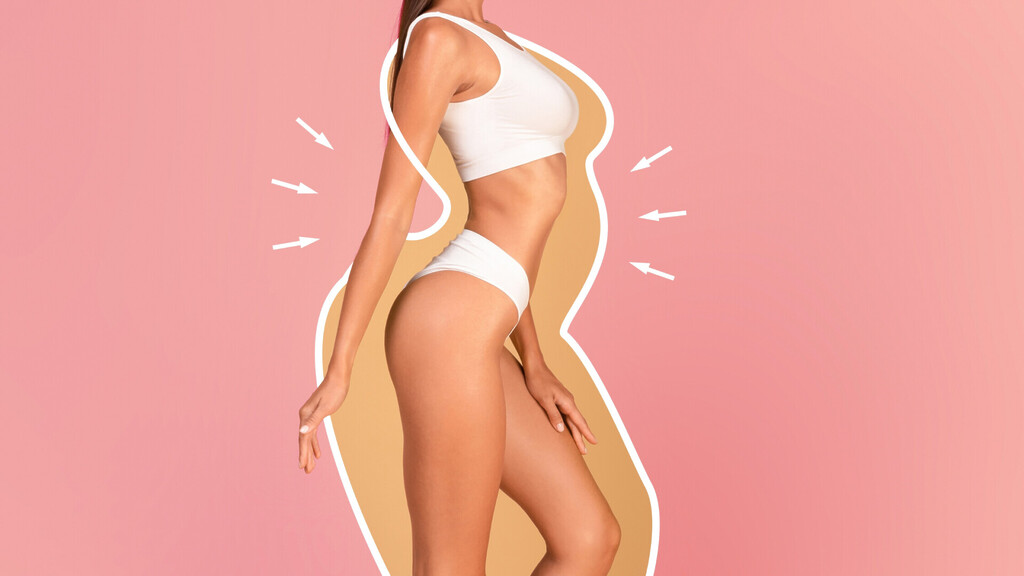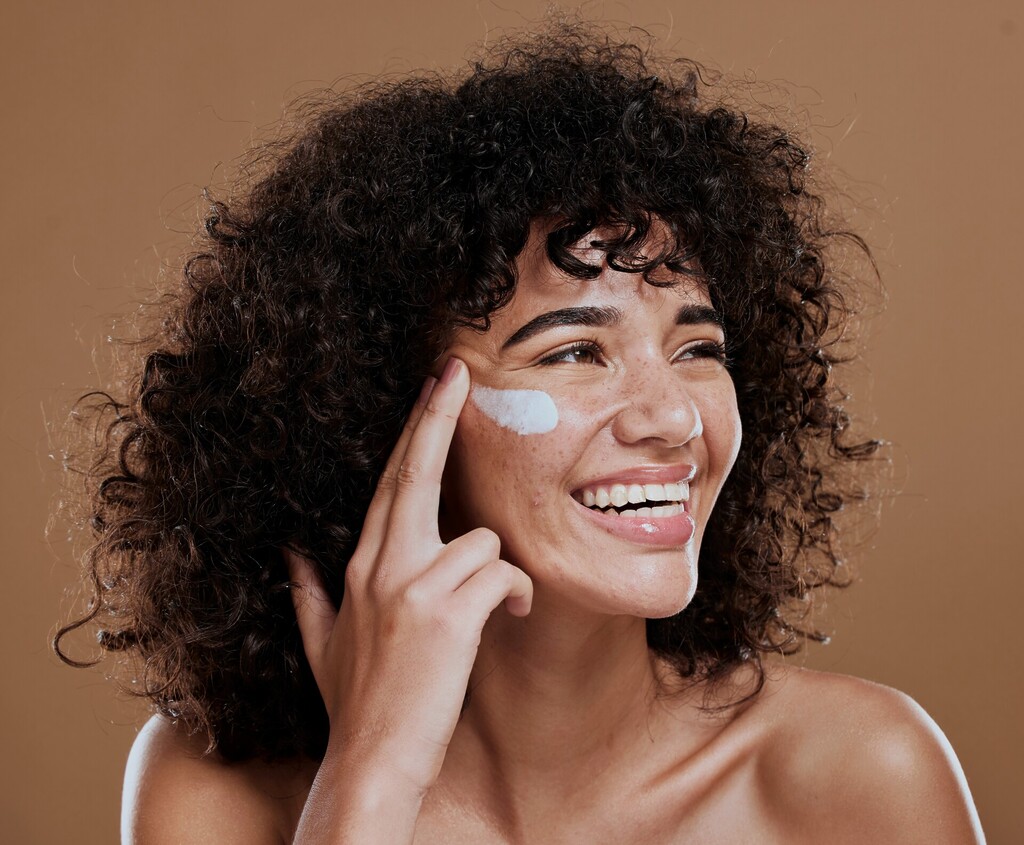In the world of cosmetic enhancements, dermal fillers have become a popular choice for individuals seeking to rejuvenate their skin and restore lost volume. Whether it’s plumping up lips, filling in wrinkles, or enhancing cheekbones, dermal fillers offer a non-surgical solution to achieve a more youthful appearance. However, one of the most common questions among those considering dermal fillers is: “How long does dermal filler last?” In this comprehensive guide, we’ll explore the longevity of dermal fillers, factors that influence their duration, and tips for maximizing their effects.
Understanding Dermal Fillers:
Before delving into their durability, let’s first understand what dermal fillers are and how they work. Dermal fillers are injectable gels typically composed of hyaluronic acid, a naturally occurring substance in the body that helps maintain hydration and volume in the skin. When injected beneath the skin’s surface, dermal fillers add volume, smooth out wrinkles, and enhance facial contours. These hyaluronic acid-based fillers are biodegradable, meaning they gradually break down over time and are absorbed by the body. As a result, the effects of dermal fillers are not permanent, but rather temporary, requiring periodic touch-ups to maintain the desired results.
Factors Affecting Longevity:
Several factors influence how long dermal fillers last and how quickly they degrade within the body:
- Type of Filler Used: Different types of dermal fillers have varying formulations and consistencies, which can affect their longevity. Thicker fillers, such as those used for cheek fillers, tend to last longer than thinner ones because they are more resistant to enzymatic degradation.
- Injection Site: The area where the filler is injected also plays a role in its longevity. Areas with more movement, such as around the mouth or eyes, may experience faster filler breakdown compared to areas with less movement, such as the cheeks.
- Metabolism and Lifestyle Choices: Individual metabolic rates can impact how quickly the body breaks down and absorbs the filler. Faster metabolisms may result in shorter filler duration, while slower metabolisms may prolong its effects. Lifestyle factors such as smoking, sun exposure, and skincare routines can also influence filler longevity. Smoking and excessive sun exposure can accelerate skin aging and filler breakdown, while proper skincare and plenty of water intake can help maintain results.
- Type of Filler Material and Amounts Used: The type of filler material and the amounts used during the initial treatment play a significant role in determining how long dermal fillers last. Choosing industry-leading filler solutions administered by qualified medical professionals, such as board-certified plastic surgeons or aesthetic professionals, can ensure optimal results and longevity.
Durability of Common Dermal Fillers:
While the exact duration of dermal fillers varies from person to person and depends on individual circumstances, certain types of fillers are known for their longevity:
- Hyaluronic Acid Dermal Fillers: These are among the most commonly used dermal fillers due to their natural-looking results and reversible nature. Depending on the specific product used and the treatment plan, hyaluronic acid fillers typically last between 6 to 18 months before requiring touch-ups.
- Calcium Hydroxyapatite (Radiesse) Fillers: This type of filler stimulates collagen production in addition to providing immediate volume. Results can last up to 12 to 18 months.
- Poly-L-Lactic Acid (Sculptra) Fillers: These fillers stimulate collagen production over time, resulting in gradual but long-lasting improvements. Results can last up to 2 years or more with optimal treatment.
- Poly-methylmethacrylate (Bellafill) Fillers: Considered semi-permanent, these fillers provide long-lasting results, with effects lasting up to 5 years or more.
Tips for Prolonging Results:
While the duration of dermal fillers is influenced by various factors, there are steps you can take to prolong their effects:
- Follow Proper Aftercare: After receiving dermal filler injections, follow your injector’s instructions for post-treatment care. This may include avoiding strenuous exercise, excessive sun exposure, and certain skincare products for a specified period.
- Maintain a Healthy Lifestyle: Adopting a healthy lifestyle can help support overall skin health and prolong the effects of dermal fillers. This includes staying hydrated, eating a balanced diet rich in antioxidants, and avoiding habits like smoking that can accelerate skin aging.
- Schedule Regular Touch-Ups: To maintain optimal results, schedule regular touch-up appointments with your injector as recommended. These touch-ups can help replenish lost volume and ensure a consistent, natural-looking appearance.
- Consider Combination Treatments: Combining dermal fillers with other cosmetic procedures, such as Botox injections or laser treatments, can enhance and prolong the results. Your injector can recommend the best combination approach based on your specific goals and concerns.
While the question “how long does dermal filler last?” may not have a straightforward answer, understanding the factors that influence filler longevity can help you make informed decisions about your skincare routine. By choosing the right type of filler, following proper aftercare, and maintaining a healthy lifestyle, you can maximize the longevity of your skin’s rejuvenation and enjoy youthful, radiant results for months or even years to come. Remember to consult with a qualified and experienced medical professional to ensure safe and effective treatment tailored to your individual needs.
FAQs
-
What is dermal filler treatment?
– Dermal filler treatment involves the injection of gel-like materials beneath the skin’s surface to add volume, smooth wrinkles, and enhance facial contours. -
How does dermal filler treatment work?
– Dermal fillers are typically composed of hyaluronic acid, a natural substance in the body that helps maintain skin hydration and volume. When injected, they replenish lost volume and stimulate collagen production, resulting in smoother, more youthful-looking skin. -
Who is a suitable candidate for dermal filler treatment?
– Individuals experiencing volume loss, facial wrinkles, or seeking facial enhancement may be suitable candidates for dermal filler treatment. It’s essential to consult with a qualified medical professional to determine eligibility based on individual circumstances. -
What types of fillers are available?
– There are various types of dermal fillers available, including hyaluronic acid-based fillers, calcium hydroxyapatite fillers, poly-L-lactic acid fillers, and poly-methylmethacrylate fillers. Each type offers unique benefits and longevity. -
How long do dermal fillers last?
– The longevity of dermal fillers depends on factors such as the type of filler used, injection site, individual metabolism, and lifestyle choices. Generally, hyaluronic acid fillers last between 6 to 18 months, while other types may last longer. -
Are dermal filler treatments safe?
– Dermal filler treatments are generally considered safe when performed by qualified medical professionals, such as board-certified plastic surgeons or aesthetic professionals. However, as with any medical procedure, there are potential risks and side effects to consider. -
What are the potential side effects of dermal filler treatment?
– Common side effects may include redness, swelling, bruising, and tenderness at the injection site. These typically subside within a few days. In rare cases, more severe side effects such as infection or allergic reactions may occur. -
Is there downtime after dermal filler treatment?
– Downtime after dermal filler treatment is minimal for most individuals. Patients can typically resume their normal activities immediately following the procedure, although it’s advisable to avoid strenuous exercise and excessive sun exposure for a few days. -
How can I maintain the results of my dermal filler treatment?
– To prolong the effects of dermal filler treatment, it’s essential to follow proper aftercare instructions, maintain a healthy lifestyle, and schedule regular touch-up appointments as recommended by your medical professional.
10. Can dermal fillers be combined with other cosmetic treatments?
– Yes, dermal fillers can be combined with other cosmetic treatments such as Botox injections, laser treatments, or chemical peels to enhance and prolong results. Your medical professional can recommend the best combination approach based on your specific needs and goals.



































